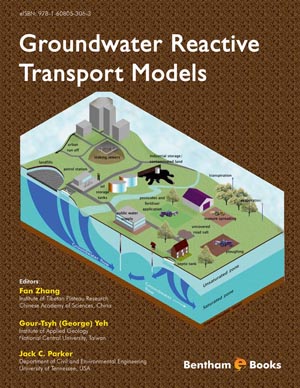Abstract
Four main ponor levels were formed from the Bode River valley terrace sided within 39 meters elevation distances, each about 10 meters deeper by the subsurface drainage. This correlates to Bode River valley glaciers and melting waters during the Elsterian, Saalian and Weichselian glacials, and finally to the modern Holocene groundwater level. The active underground river transports Mt. Brocken peak granite and Bode upstream Palaeozoic rock type gravels into the lowermost ponor level. In the Early-Middle Late Pleistocene (MIS 5-3) there was a change between few colder and warmer short-time periods (MIS 5a-d). In the colder periods, the Mt. Brocken peak must have started to built up an Ice cap in elevations of 1.200 meters. This is low, compared to other European regions, but the Harz was at that time already close to the south moving Scandinavian Inland Glacier. The boreal forest conditions were perfect for cave bears, but also Neanderthal human groups. About 77.0000 years ago, the MIS 4 cold period must have increased the glacial conditions, which found a peak in the Last Glacial Maximum (= LGM) 19.000 years ago. At that time of the LGM, the Scandinavian Inland Ice shield reached even Hamburg and Berlin regions, which cold winds formed in northern Germany and the Harz foreland lowlands a periglacial tundra landscape with frost polygons. Already around 26.000 years ago, the conditions were even too cold for the mammoth steppe magafauna and cave bears, which disappeared together with humans in complete northern Europe. The Bode Valley Glacier finally resulted in the Hermann’s Cave entrance and deeper ceiling collapses, which frost breccias closed the former entrance completely. Three caves/cavities at Rübeland in the Bode Valley, Harz Mountains (northern Germany) contain bone assemblages that resulted from carnivore mammal wolverine Gulos gulo, polar fox Vulpes alopex and mustelid activities such as large carnivore eagle owl Bubo bubo subsp. bird den. All remains refer to an arctic tundra/taiga fauna that is mixed with an alpine rocky and cave-rich area which supports the LGM glaciation theory of the Brocken Peak around 19.000 BP (= Last Glacial Maximum). The valley glaciers and Mt. Brocken Ice filed (and Scandinavian shield) disappeared at the end of the MIS2 between 16-12.000 years ago.
Keywords: Late Pleistocene (MIS 2-5d), Last Glacial Maximum (= LGM), landscape and glacier development, River terrace and cave ponor level correlation, Glacial/alpine fauna, Predator cave dens along Bode River valley, Harz Mountains, Northern Germany.












